Excellent map of North America, published in Paris by Rigobert Bonne.
Bonne's map illustrates an important evolution in mapmaking, the conscious decision by French mapmakers beginning in the 18th Century to leave maps blank where there was no certainty in the geographical knowledge of the region. Bonne's map, following immediately after the discoveries of Captain James Cook on the Northwest Coast of America disproved the French theories of Buache, De L'Isle and Vaugondy regarding the interior of the northwestern part of North America, provides a fresh blank canvas.
The map includes much more detail east of the Mississippi and along its tributaries.
The map shows an interesting dog leg Baja configuration and some hint of the changes to come along the Northwest coast, although still largely conjectural.
Rigobert Bonne (1727-1794) was an influential French cartographer of the late-eighteenth century. Born in the Lorraine region of France, Bonne came to Paris to study and practice cartography. He was a skilled cartographer and hydrographer and succeeded Jacques Nicolas Bellin as Royal Hydrographer at the Depot de la Marine in 1773. He published many charts for the Depot, including some of those for the Atlas Maritime of 1762. In addition to his work at the Depot, he is best known for his work on the maps of the Atlas Encyclopedique (1788) which he did with Nicholas Desmarest. He also made the maps for the Abbe Raynals’ famous Atlas de Toutes Les Parties Connues du Globe Terrestre (1780).
More than his individual works, Bonne is also important for the history of cartography because of the larger trends exemplified by his work. In Bonne’s maps, it is possible to see the decisive shift from the elaborate decorations of the seventeenth century and the less ornate, yet still prominent embellishments of the early to mid-eighteenth century. By contrast, Bonne’s work was simple, unadorned, and practical. This aesthetic shift, and the detail and precision of his geography, make Bonne an important figure in mapping history.









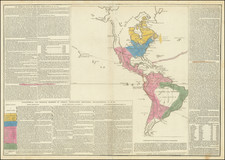
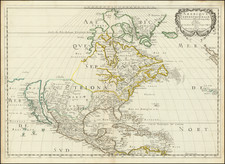
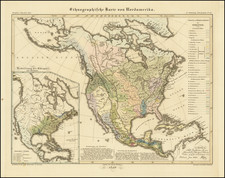
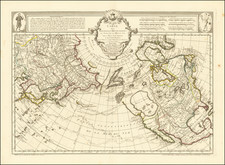
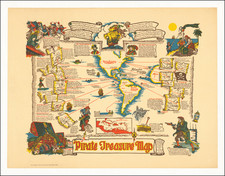
![[First State of the Popple Key Sheet] A Map of the British Empire in America with the French and Spanish Settlements adjacent thereto by Hen. Popple.](https://storage.googleapis.com/raremaps/img/small/92714.jpg)